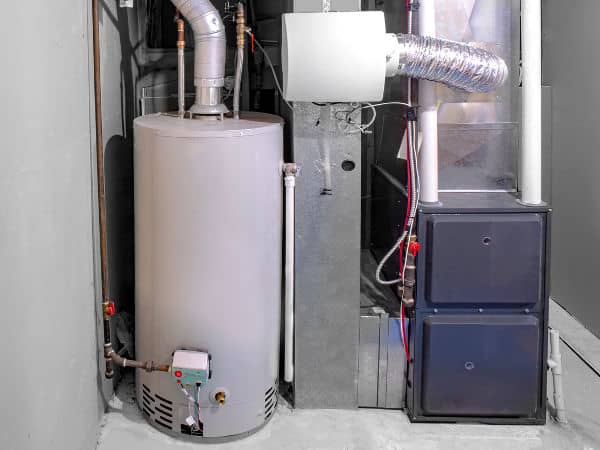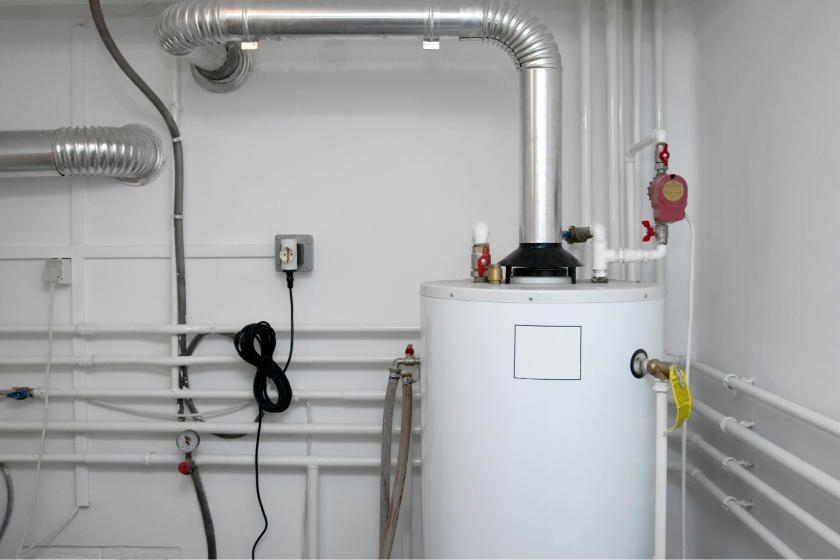Expert Guidance on Caring for Your Home's Hot Water System
Expert Guidance on Caring for Your Home's Hot Water System
Blog Article
Are you looking for help and advice about How to Maintain a Hot Water Heater in a Few Simple Steps?

Warm water is essential for daily convenience, whether it's for a refreshing shower or cleaning recipes. To ensure your warm water system runs successfully and lasts longer, normal maintenance is crucial. This short article gives useful ideas and insights on exactly how to preserve your home's warm water system to avoid interruptions and pricey repairs.
Intro
Keeping your home's hot water system may appear challenging, however with a couple of straightforward steps, you can guarantee it runs smoothly for many years ahead. This overview covers everything from comprehending your warm water system to do it yourself maintenance suggestions and recognizing when to call in expert assistance.
Relevance of Maintaining Your Hot Water System
Routine upkeep not just expands the lifespan of your hot water system but likewise guarantees it runs successfully. Neglecting maintenance can cause lowered performance, higher energy bills, and even premature failure of the system.
Indications Your Warm Water System Demands Maintenance
Knowing when your hot water system needs interest can stop major problems. Watch out for indications such as irregular water temperature level, weird sounds from the heating system, or corroded water.
Flushing the Water Heater
Flushing your water heater removes sediment accumulation, enhancing effectiveness and extending its life.
Checking and Replacing Anode Rods
Anode rods avoid corrosion inside the tank. Inspecting and replacing them when worn out is crucial.
Complex Issues Requiring Professional Aid
Instances consist of significant leakages, electric issues, or if your water heater is regularly underperforming.
Routine Professional Upkeep Conveniences
Specialist upkeep can consist of extensive examinations, tune-ups, and making sure compliance with safety criteria.
Checking and Adjusting Temperature Setups
Readjusting the temperature level settings ensures optimal efficiency and security.
DIY Tips for Maintenance
You can execute numerous maintenance tasks on your own to maintain your hot water system in top problem.
Looking for Leaks
Regularly evaluate pipelines and connections for leakages, as these can bring about water damage and higher costs.
Comprehending Your Warm Water System
Before diving into upkeep tasks, it's useful to recognize the fundamental components of your warm water system. Normally, this includes the hot water heater itself, pipelines, anode rods, and temperature level controls.
Regular Monthly Maintenance Tasks
Normal regular monthly checks can assist capture small issues prior to they intensify.
Evaluating Pressure Alleviation Valves
Evaluating the stress safety valve ensures it works correctly and stops excessive stress buildup.
Shielding Pipes
Shielding hot water pipelines decreases warmth loss and can save power.
When to Call a Professional
While do it yourself upkeep is useful, some concerns require expert competence.
Verdict
Regular upkeep of your home's hot water system is necessary for efficiency, durability, and cost financial savings. By adhering to these pointers and knowing when to seek expert aid, you can make sure a reputable supply of warm water without unexpected interruptions.
Water Heater Maintenance Tips
Test the TPR Valve
Shut off the power and the cold-water supply valve. Place a bucket under the pipe connected to the temperature-pressure-release (TPR) valve on the top or side of the tank. (This valve opens if the tank pressure gets too high.) Lift the valve’s tab to let some water out, then let go. If water keeps flowing, drain the tank partway, unscrew the old valve with a pipe wrench, and install a new one. Check the Anode Rod
Put a hose to the tank’s drain cock and let out a few gallons of water. Now fit a 1 1/16-inch socket onto the rod’s hex head on top of the heater (or under its top plate) and unscrew the rod. If it’s less than ½ inch thick or coated with calcium, buy a new one, wrap its threads with Teflon tape, put it back in the tank, and tighten securely. Use this segmented rod if headroom above the tank is limited. Drain the Tank and Wash Out Sediment
Drain the remaining water in the tank into the bucket, then stir up the sediment on the tank’s bottom by briefly opening the cold-water supply valve. Drain and repeat until clean water comes out of the hose. Close the drain cock, refill the tank, and turn its power back on. Adjust the Temperature
Find the temperature dial on the side of the tank and unscrew its cover. Adjust the dial to 120 degrees using a flathead screwdriver. For every 10 degrees the temperature is lowered, you can expect to save up to 5 percent in energy costs. Turn the water heater off or the thermostat down to its lowest setting if you plan to be away from home for more than three days. Insulate the Pipes
Buy some self-sticking 3/8-inch-thick foam pipe insulation that matches the pipes’ diameter. Slide the foam over the hot-and cold-water pipes as far as you can reach. Insulating the cold-water pipe prevents condensation in summer. Peel the tape and squeeze the insulation closed. If the pipe is 6 inches or less from the flue, cover it with 1-inch-thick unfaced fiberglass pipe wrap. https://www.thisoldhouse.com/plumbing/21016402/how-to-maintain-a-water-heater

As a fervent person who reads on What Kind of Maintenance Do Water Heaters Need?, I imagined sharing that blog post was beneficial. Sharing is good. You won't know, you may very well be helping someone out. Thanks for your time. Kindly come visit our website back soon.
Contact Report this page